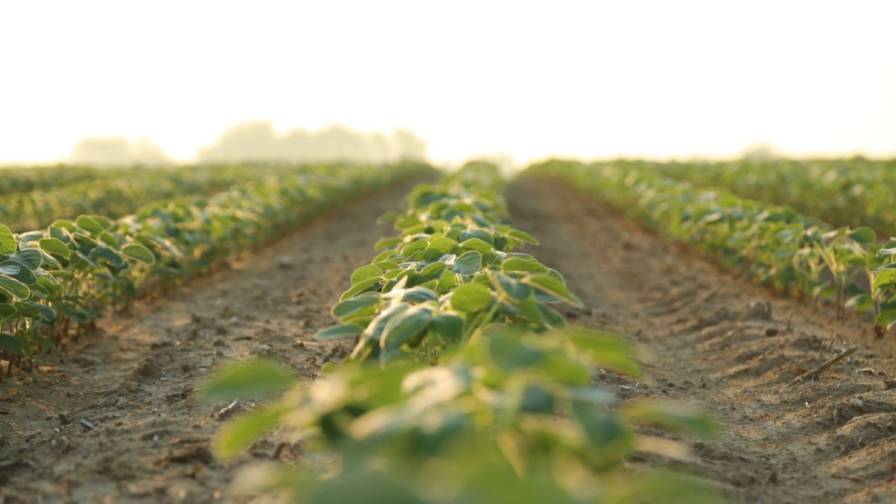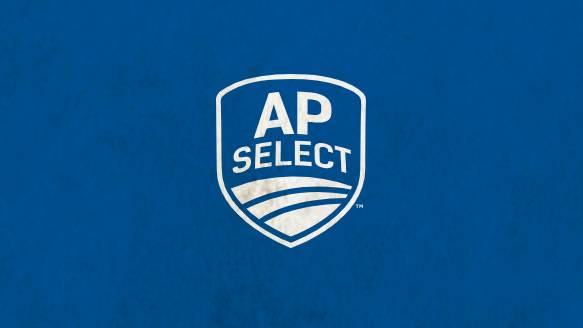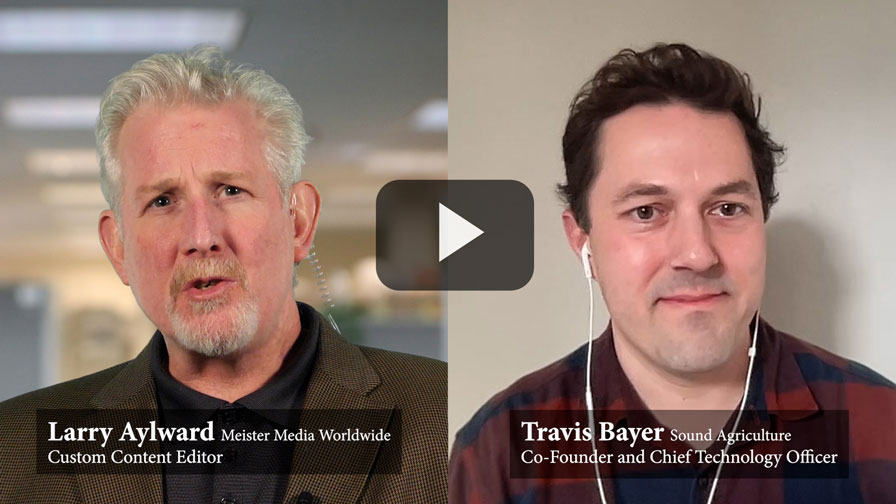Nutrient Stewardship: The 4Rs … and Then Some
At The Fertilizer Institute (TFI) we talk a lot about the 4Rs of nutrient stewardship. Using the right source of fertilizer, at the right rate, at the right time, and in the right place can help farmers increase yields while keeping fertilizer in the soil instead of waterways.
This summer I attended a field day in Iowa that educated farmers about the 4R Plus initiative in the state. There I was informed of a few more Rs that fit into the 4R framework. (Thanks goes to Roger Wolf of the Iowa Soybean Association for pointing these out.)
Retailers: The first one is already top-of-mind at TFI. Retailers are on the front lines when it comes to helping farmers make fertilizer management decisions. The 4R platform is an excellent way to introduce customers to a suite of retail services, products, and technologies. Retailers provide agronomic services to farmers, but they are also central to the other Rs I’d like to discuss.
Reason: Farmers need a compelling reason before they decide to implement the 4Rs on their farms. Opinion research conducted earlier this year found that economics were the major driver in this decision process. Whether it’s for economic benefit or to lessen any environmental impact from fertilizer use, retailers make the 4R business case for farmers considering adopting these practices.
Risk: Using a 4R strategy doesn’t come without some risk, whether that be upfront costs in equipment or figuring out which combination of practices works best. Fertilizer retailers can help farmers understand the risks and develop a strategy that works for them.
Reward: On the flip side of risk is reward. Some-times the rewards are hard to realize when the risk seems so daunting or when the reward is years down the line. Retailers can analyze the data and put together cost-benefit analyses for farmers to demonstrate how investment today can pay off later.
Realities: Sometimes farmers need to deal with the realities of what Mother Nature has handed them. Whether that’s soil type, climate, etc., growers can only work with what they have. Retailers have a large role to play in helping develop a 4R strategy that fits within the reality of each farmer’s unique piece of land.
Research: When the 4R initiative was developed, the principles of the right source, rate, time, and place were built on science. Past research and ongoing research funded by the 4R Research Fund give your farmer-customers confidence that the decisions they make are rooted in unbiased science.
Relationships: As one retailer in central Illinois told me recently, he wants to be more than a product provider but also recognizes the need for a relationship for that to happen. “The 4Rs are a great platform for that.”
Additionally, the 4Rs have become successful because of the wide swath of relationships that have developed to support the initiative. Whether it’s the fertilizer industry, government agencies, researchers, or agribusiness organizations, it takes a community effort to see broad adoption and implementation of 4R practices.
Results: At the end of the day, none of the Rs mentioned above means a thing if it doesn’t produce results for farmers. Retailers help farmers analyze data from their farms and provide recommendations for tweaking their 4R strategy to see the best results over time.
While these 12 Rs might be a bit too much to remember and to market, they are all key to the success of the 4R nutrient stewardship initiative. But I think we’ll stick with the original four — applying the right fertilizer source, at the right rate, at the right time, and in the right place.






